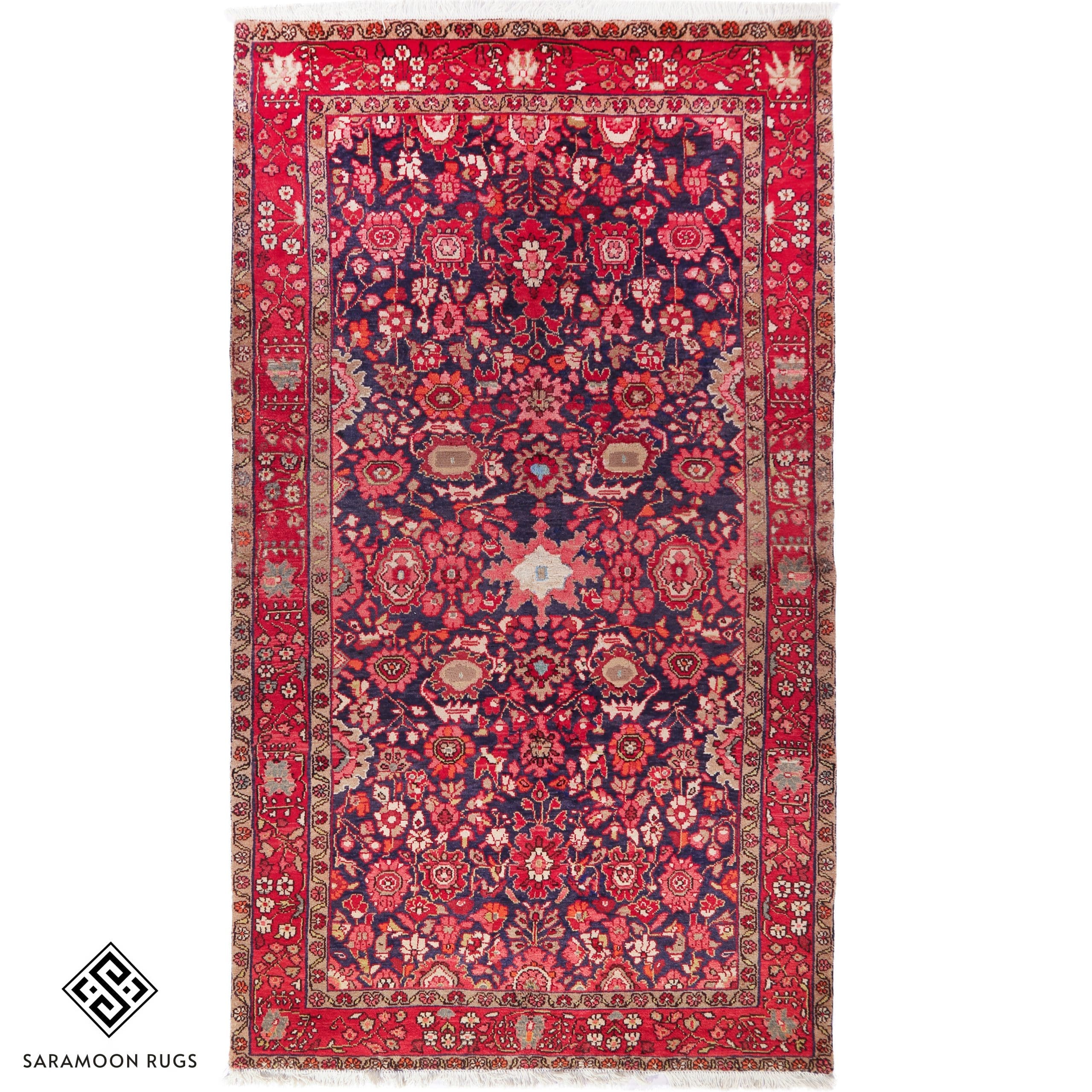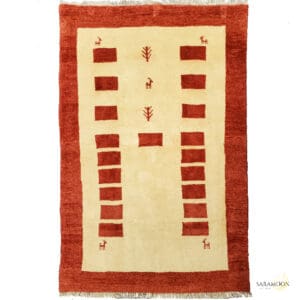Product Details
The term “Hamadan” refers to a variety of carpets made in the area surrounding the city of the same name. These Persian carpets can vary greatly in terms of pattern, quality, and knot density. Fine examples of these carpets include those from the villages of Hosseinabad or Nahawand. The simpler varieties are often simply referred to as “Hamadan.”
Previously, all Hamadan carpets were made using hand-spun yarn, but now industrially produced yarn is also used for more affordable versions. These cheaper carpets often have less elaborate colors, making it important to carefully choose the right one. The well-known Herati pattern and classic colors such as blue and red are prevalent. The first is traditionally made from indigo, the second from the dyer-crab, which is commonly used in Iran. Geometric patterns are the most common, but floral patterns can also be found on Persian carpets from this region.
This rug is 60 years old and older carpets from the Hamadan region are particularly highly regarded. They were knotted on a cotton warp and were known as Shahr-baff, a combination of the words for “city” and “knots.” Unfortunately, these carpets are now difficult to find. In general, carpets from this region are considered to be everyday carpets that are known for their durability.
The Pile material is 100% natural fine wool and the foundation is made of natural cotton.
The material is 100% natural fine wool.
Dimensions: 9’10″x5’3″ – 300×160 cm
Additional information
| Length | 9'10" |
|---|---|
| Width | 5'3" |



 Free Shipping
Free Shipping















